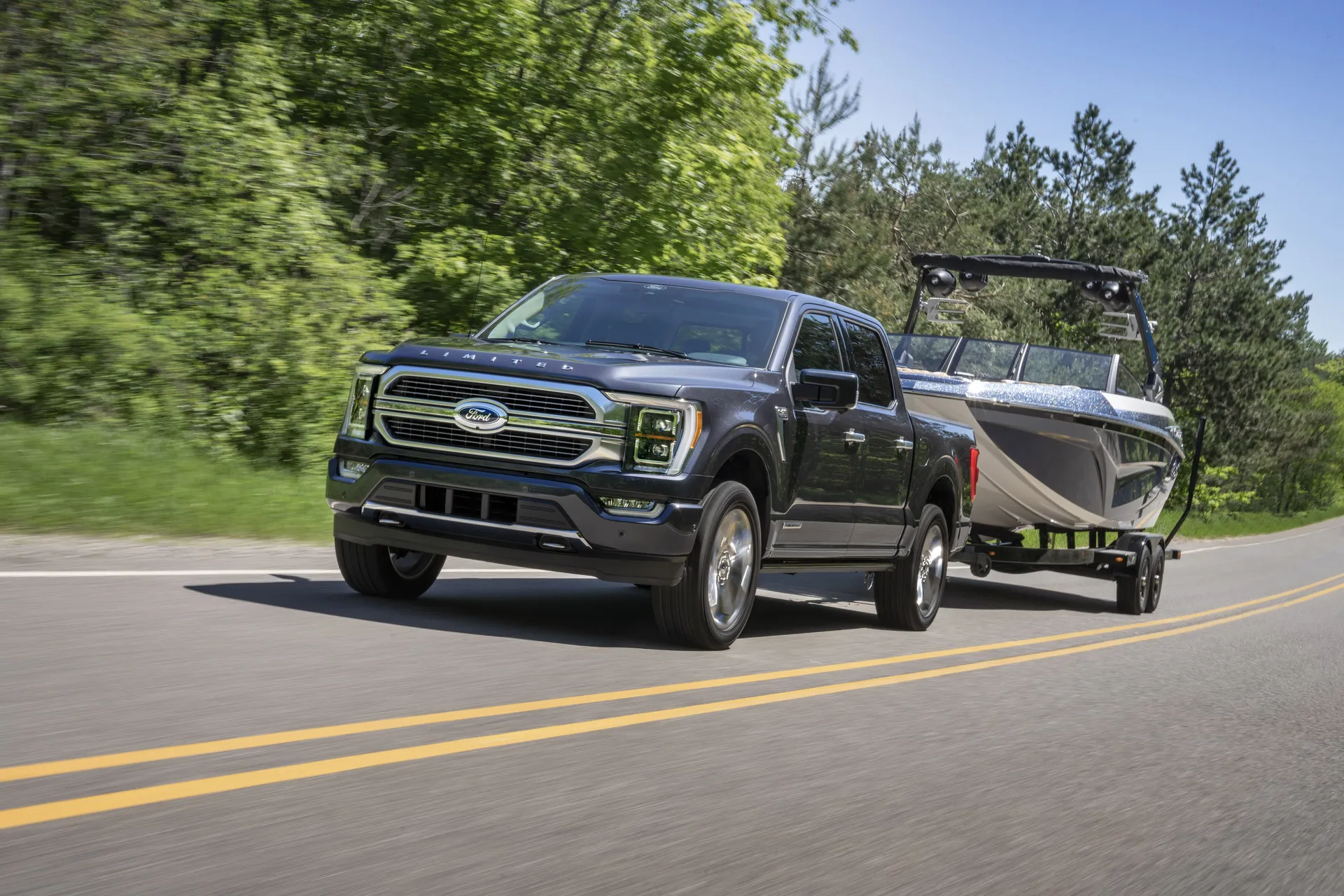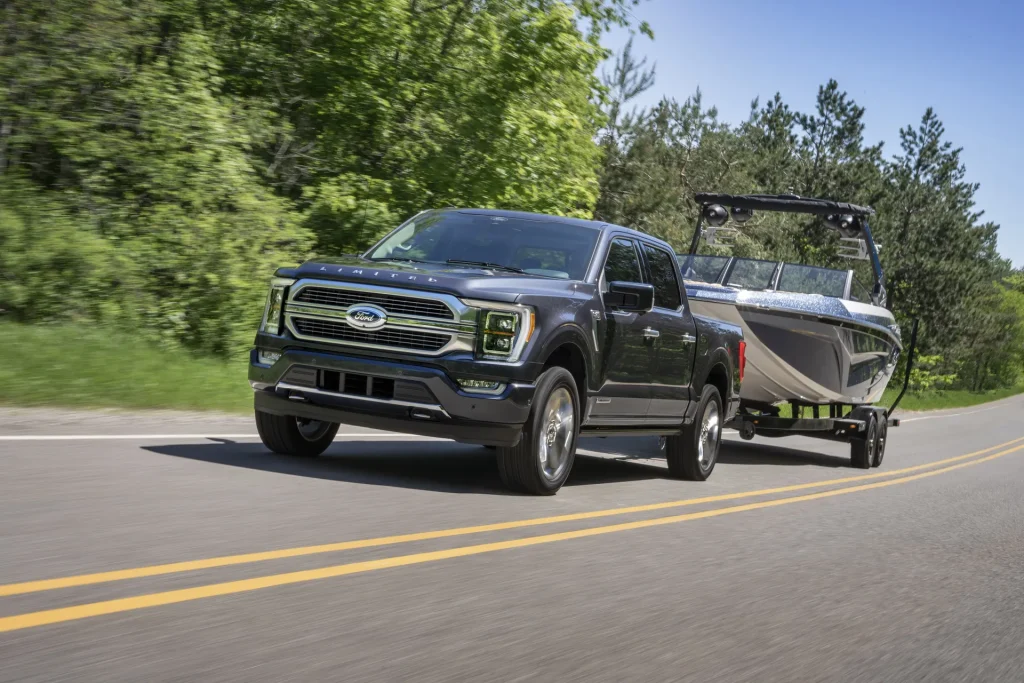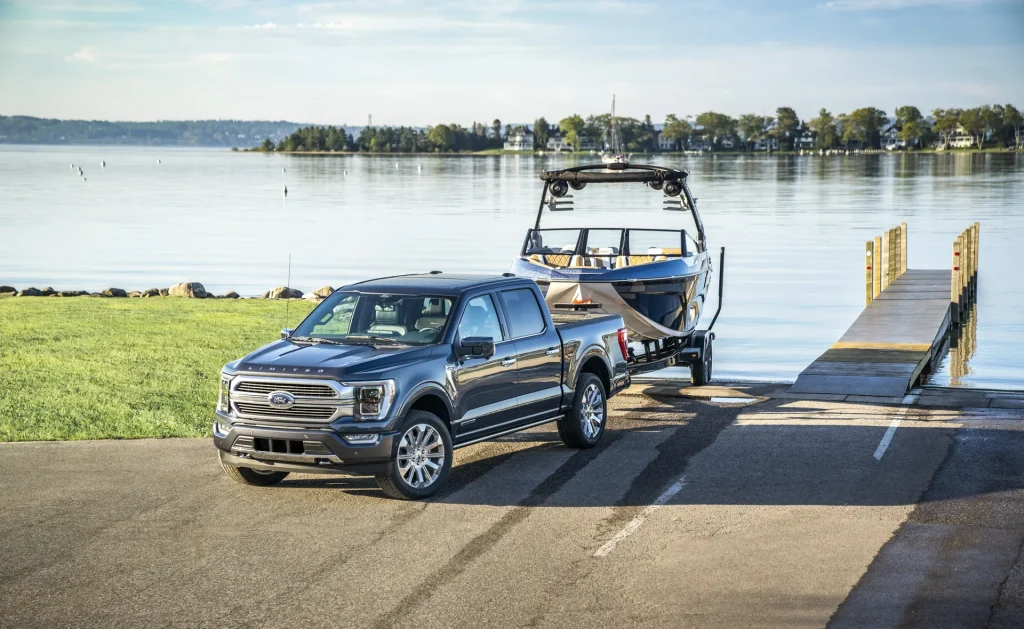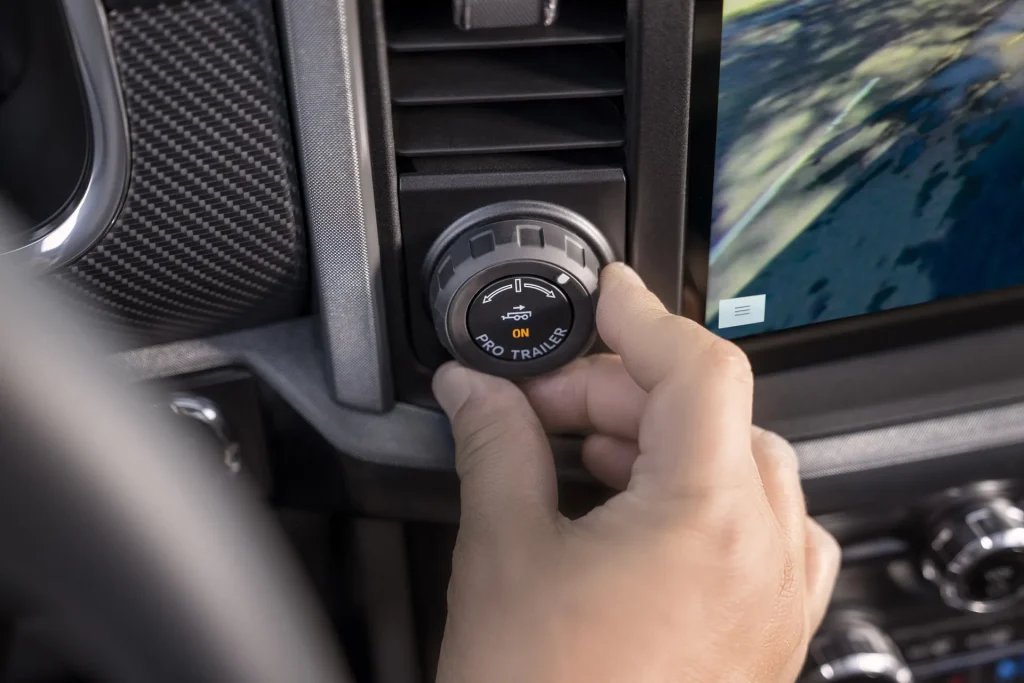
When buying a truck or SUV to tow with, you really need to make sure you know what you are looking for and getting into. It shouldn’t be taken lightly, as towing unsafely can cause real harm to yourself, other people on the road, and especially if you are towing horses, or some other type of animal. Before doing any towing, you should always calculate the weights involved, check your tow hitch, make sure your brakes are in good working order, and also have the proper tire pressures in your vehicle and trailer, among other things.
Many Engines, Lots Of Towing Capability

The Ford F-150 can be optioned with 6 different motors, from a 3.3-liter V6, 2.7-liter EcoBoost V6, 5.0-liter V8, 3.0-liter Power Stroke Diesel V6, 3.5-liter EcoBoost V6, and finally a 3.5-liter PowerBoost Hybrid. This means that an F-150 can tow anywhere from 5,000 lbs with a base V6 model, all the way up to 13,800 lbs with a properly equipped 3.5-liter EcoBoost. Because of this, sometimes you will want to use a Weight-Distribution Hitch.
What Is A Weight-Distribution Hitch?
To understand what a Weight-Distribution Hitch is, you need to understand that when towing, you are essentially putting a load on the rear axle. If there is too much weight on the tongue, the front end can start to get light, meaning braking performance is worse, steering becomes less precise, and you have a recipe for potential disaster that can cause real harm to you and others on the road. So, fundamentally, it allows you to put more of the towing weight back onto the front axle instead of having the rear axle take all of the load.
What Exactly Is FALR?

Front-Axle Load Restoration (FALR) is a method used to distribute weight back to the front axle. This correlates to a set of equalizer bars or arms placed from the trailer hitch to the a-frame of the trailer you’re towing. These are typically placed about 25-35 inches from the coupler. The coupler is the part that goes from the trailer and locks onto the hitch ball from the towing vehicle. Changing the height of the hitch ball/head can further change the distribution of weight.
When using the FALR system, you can load anywhere from 50% up to 100% of the distributed weight back to the front axle. Just remember, adding too much weight back to the front axle can have adverse effects on the rear axle, by inducing slippage. The rear tires will have less traction, and this can cause the trailer to become unwieldy.
When To Use A Weight-Distribution Hitch
Now, when exactly should you be using a weight distribution hitch? Ford recommends that you use one on any trailer over 5,000 lbs. And they also recommend using 50% FALR.
Tow Safely

While towing can seem very stressful at first, after a few times, you will get the hang of it. It’s not difficult if you follow the steps to tow safely, which includes understanding the limits of your vehicle, the trailer, and calculating everything appropriately. Try and practice with a rented trailer or with the help of some friends. Towing is a skill that can really come in handy, especially if you get into doing big home projects, race cars on the weekends, or if you end up buying a horse.
At Benna Ford, we take pride in offering the best vehicles to our customers. With dozens of new and pre-owned vehicles to choose from, our amazing sales team will find you the right vehicle at the right price. Once you’ve purchased your vehicle, our stellar service department will ensure that your car stays in the best shape. We look forward to taking care of you in the future.










